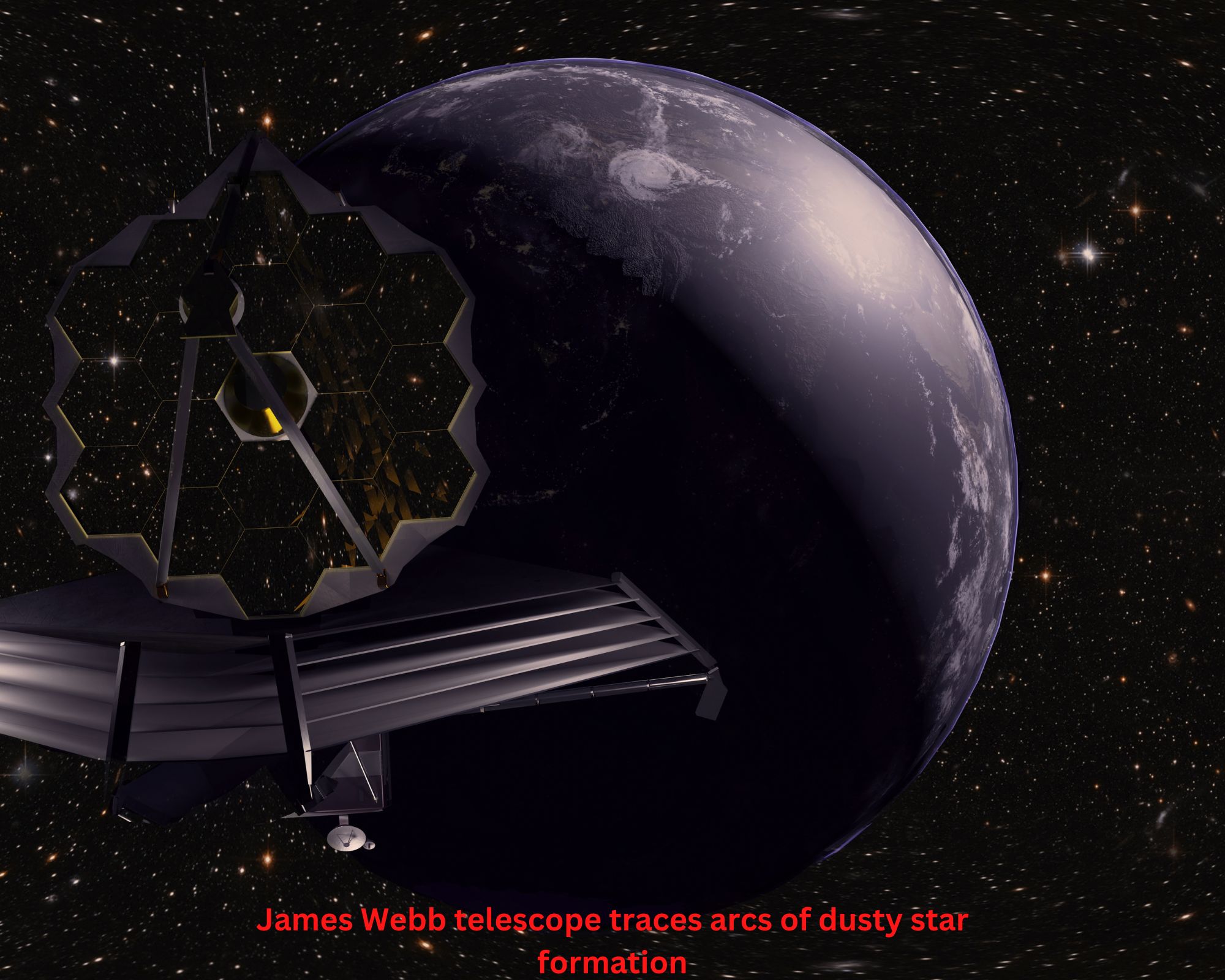Summary:
-
The NGC 346 galaxy is part of the Small Magellanic Cloud, a satellite galaxy of our own Milky Way.
-
It is used as a laboratory to study how stars are made.
-
At the 241st American Astronomical Society meeting, which is now taking place in Seattle, the new Webb image of NGC 346 was shown.
-
The planet, officially designated LHS 475 b, is almost the same size as our own, with a diameter that is 99% that of the Earth.
-
Due to its brief orbital period, LHS 475 b is much hotter than Earth due to its proximity to its star.
Webb’s near-infrared camera follows the knots, arcs, and filaments of gas and dust that feed this star nursery.
The NGC 346 galaxy is part of the Small Magellanic Cloud, a satellite galaxy of our own Milky Way. It is used as a laboratory to study how stars are made.
The cluster’s concentration of elements heavier than hydrogen and helium is comparatively low.
So, things are kind of like they were during the “Cosmic Dawn,” which started about three billion years after the Big Bang and was when most stars were being made.
-
Amazing photographs produced by the $10 billion telescope
-
James Webb’s telescope solves the puzzle of the dusty stars known as the “Pillars of Creation”
-
Older space telescopes could see the essential things in this picture.
Still, Webb’s improved sensitivity and resolution mean that astronomers can now tell the difference between most miniature sources.
“For the first time, we can see how stars are made in another galaxy,” said Dr. Olivia Jones of the UK Astronomy Technology Centre (UK ATC) in Edinburgh.
“In the past, Spitzer, one of the most impressive telescopes operated by the US space agency Nasa, allowed us to find protostars that were five to eight times as large as the Sun.
“However, with Webb, we have the sensitivity limits to go as low as 1/10th the sun’s mass.” As a result, not only do we have the resolution to understand how they affect the environment, but we also have the sensitivity to detect very low-mass stars as they form. Additionally, it’s a very dynamic environment, as the image shows.
Astronomers call all elements heavier than hydrogen and helium “metals.” It is the material used to create planets.
So, one of the biggest questions has been whether or not low-metallicity places like NGC 346 have enough dust to build up into rocky worlds.
The cluster has potential, according to Webb’s observations. There are dust discs around even the tiniest protostars found in the image.
Dr. Margaret Meixner, an astronomer at the University Space Research Association in Maryland, says that it would have been possible for planets to form during the time of Cosmic Dawn.
The amount of metal in the Small Magellanic Cloud is similar to when stars were made in the greatest abundance in the universe. At that time, we were making most of the stars in the universe. The researcher said this is highly intriguing because it suggests that planets may be developing around the majority of stars.
At the 241st American Astronomical Society meeting, which is now taking place in Seattle, the new Webb image of NGC 346 was shown.
It was also informed that the telescope had discovered its first exoplanet, the term used to describe planets that circle other stars.
The planet, officially designated LHS 475 b, is almost the same size as our own, with a diameter that is 99% that of the Earth.
Data from NASA’s Transiting Exoplanet Survey Satellite suggested that the world might exist, but Webb was able to put an end to all doubts right away.
Every two days, the planet passes in front of the parent star, and by keeping an eye on the light coming from the lead, it noticed a decrease in emission.
Due to its brief orbital period, LHS 475 b is much hotter than Earth due to its proximity to its star.
Astronomers are investigating the condition of any atmosphere. It’s possible that there isn’t one on the globe.
Dr. Jacob Lustig-Yaeger works at the Johns Hopkins University Applied Physics Laboratory in Maryland. He said, “This planet could very well be a body without air that has lost any atmosphere it once had.”
But Webb’s observations could also be in line with a thick atmosphere of carbon dioxide and clouds high in the sky, like Venus. There will be additional observations made.

